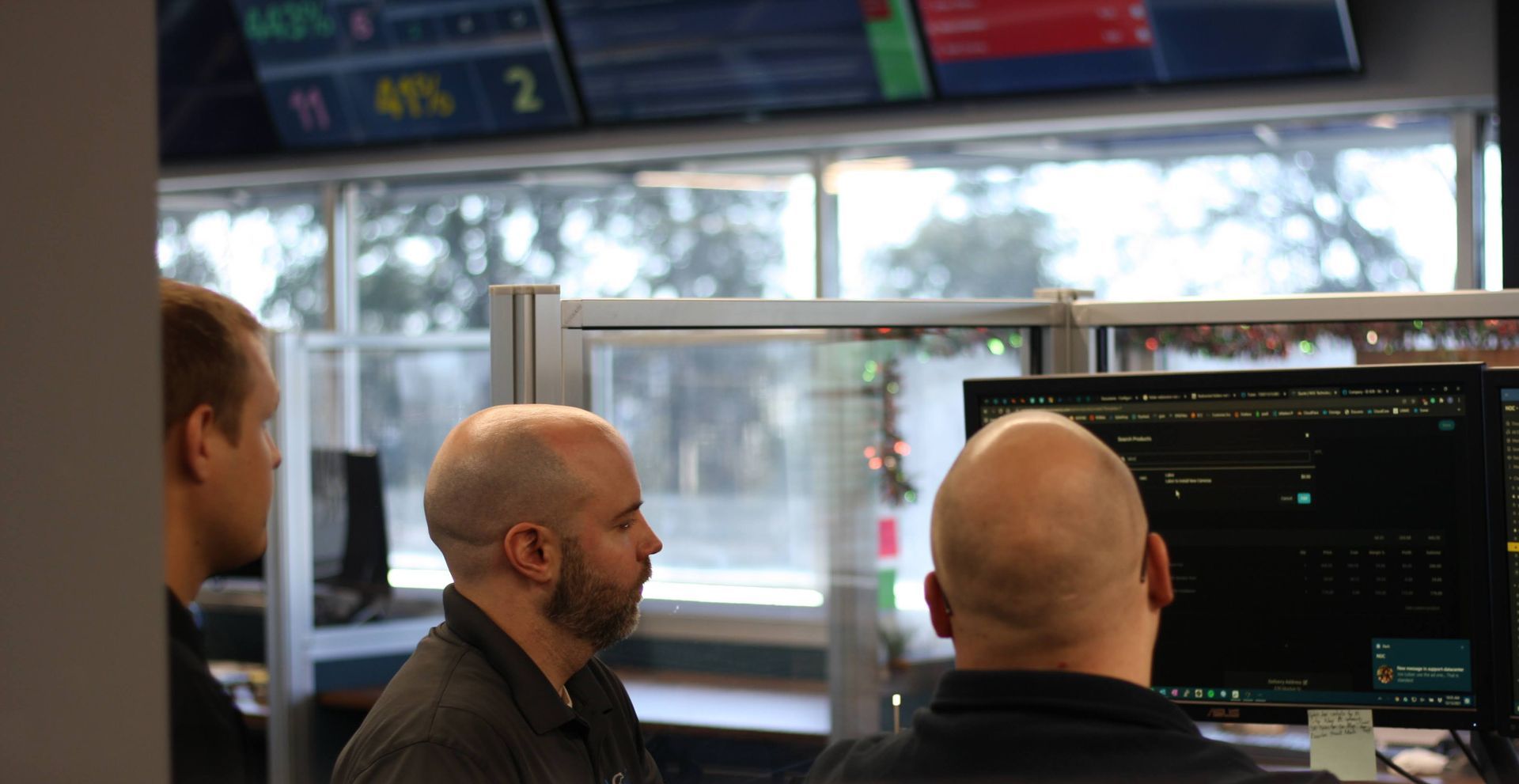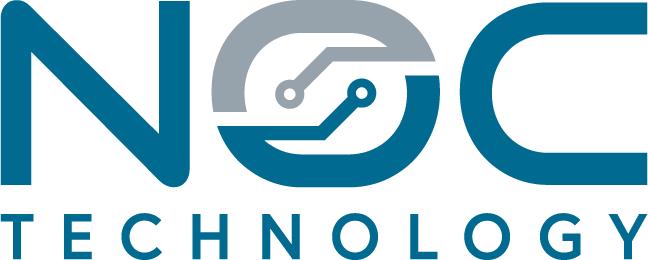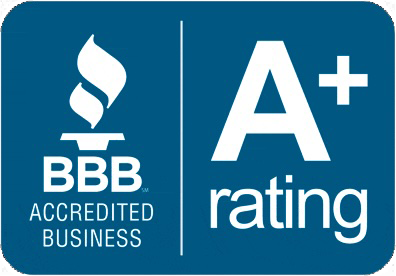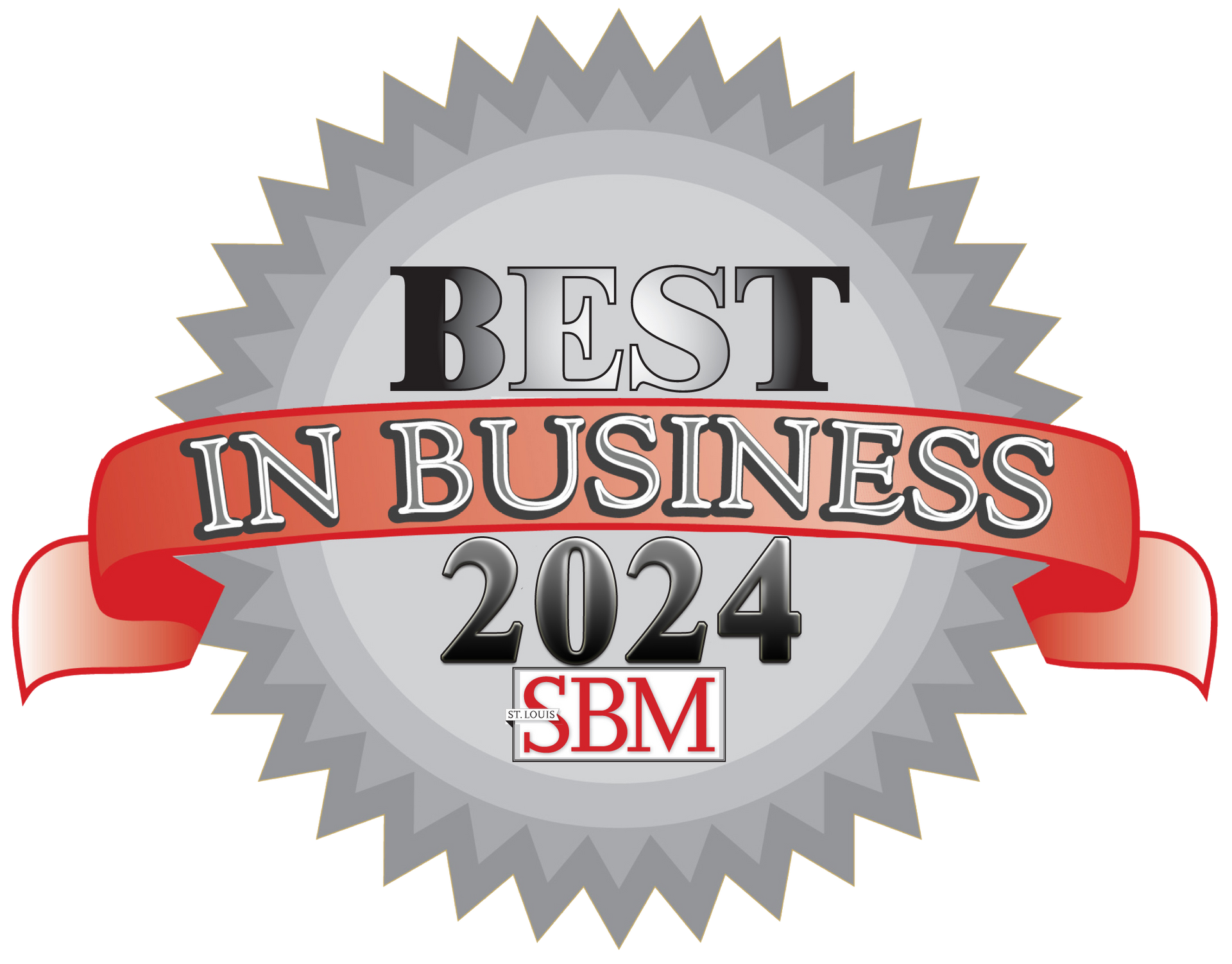What are the operational benefits of managed IT services
by Ted Stahl | NOC Technology
Taking IT off your plate.

Managed IT services refer to the outsourcing of your business’s IT functions to a managed service provider (MSP). These services can include network management, data backup and recovery, and software updates, among others. By using managed IT services, businesses can benefit from a range of operational advantages.
First, managed IT services allow for a more predictable IT budget. Instead of investing in expensive hardware and software, businesses can pay for the services they need on a monthly or annual basis. This makes it easier to plan for future expenses and ensures that the business is only paying for what it actually uses.
Second, managed IT services can improve the efficiency and effectiveness of a business's IT systems. Third-party providers have the expertise and resources to manage and maintain IT systems more effectively than most businesses could on their own. This can lead to faster problem resolution, reduced downtime, and better overall performance.
Third, managed IT services can also help to improve the security of a business's IT systems. Cybersecurity threats are becoming increasingly common, and businesses need to take steps to protect themselves. Managed IT service providers can help to identify and mitigate potential threats, as well as assist in the recovery of data in the event of a security breach.
Finally, managed IT services can help businesses to stay up to date with the latest technologies. As technology evolves quickly, it can be difficult for businesses to keep up with the latest developments. Managed IT service providers have the expertise to keep track of the latest trends and can help businesses to implement new technologies that can help to improve their operations.
In conclusion, Managed IT services can provide a range of operational benefits for businesses of all sizes, including predictable IT budgets, improved efficiency and effectiveness, improved security, and access to the latest technology. By outsourcing certain IT functions to a third-party provider, businesses can focus on their core operations while still having access to the tools and expertise they need to be successful.




